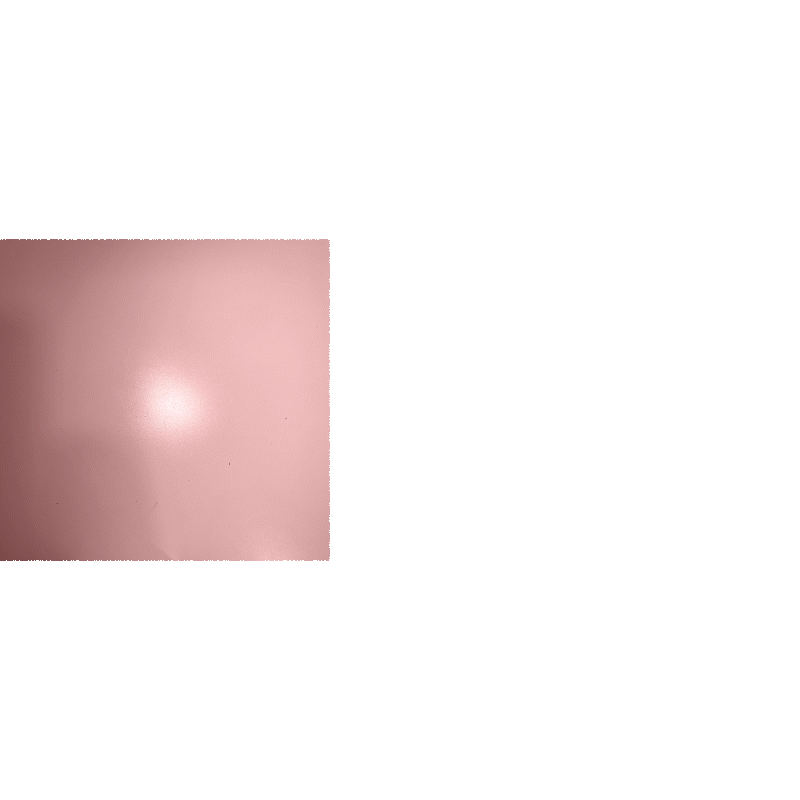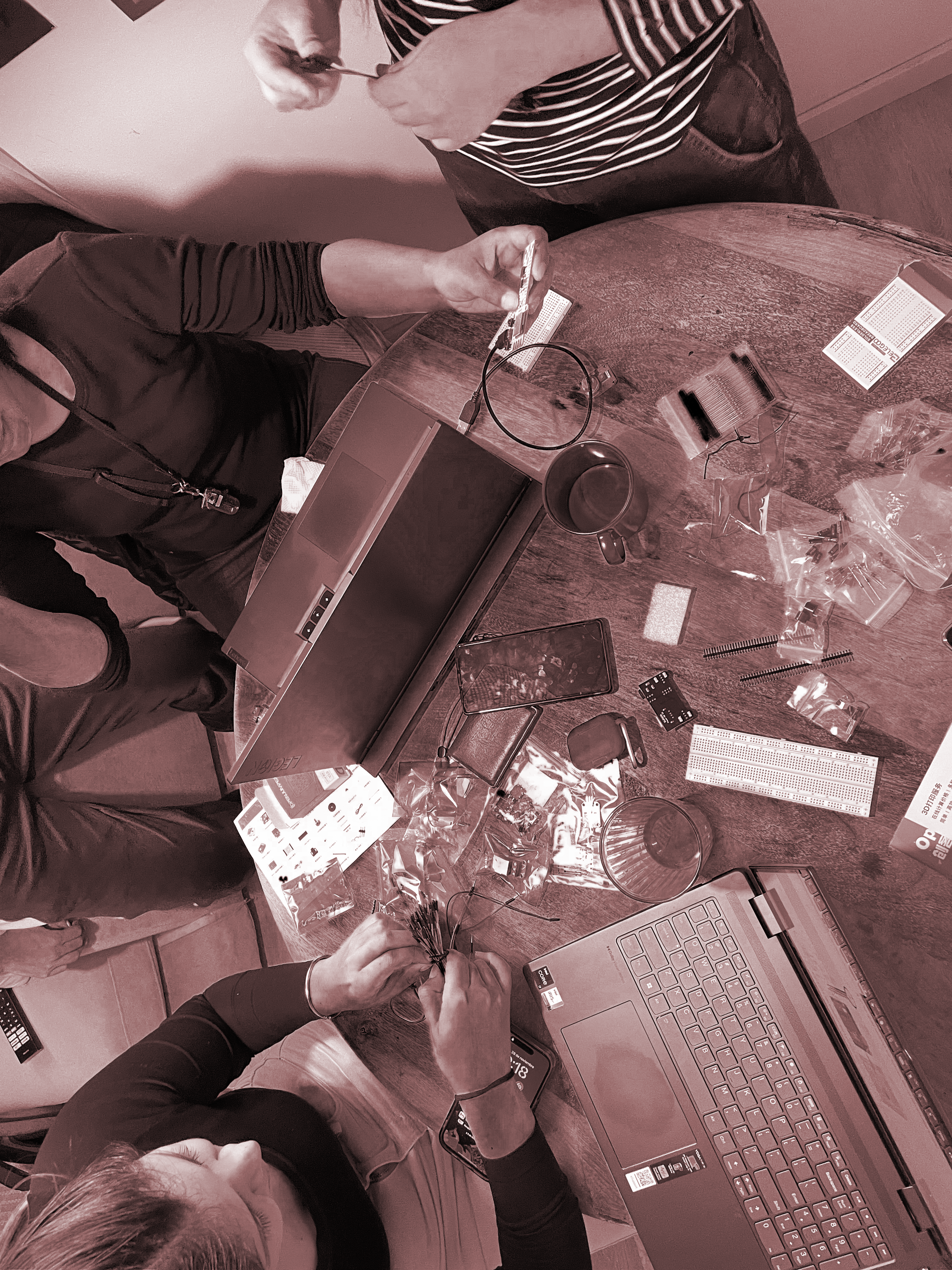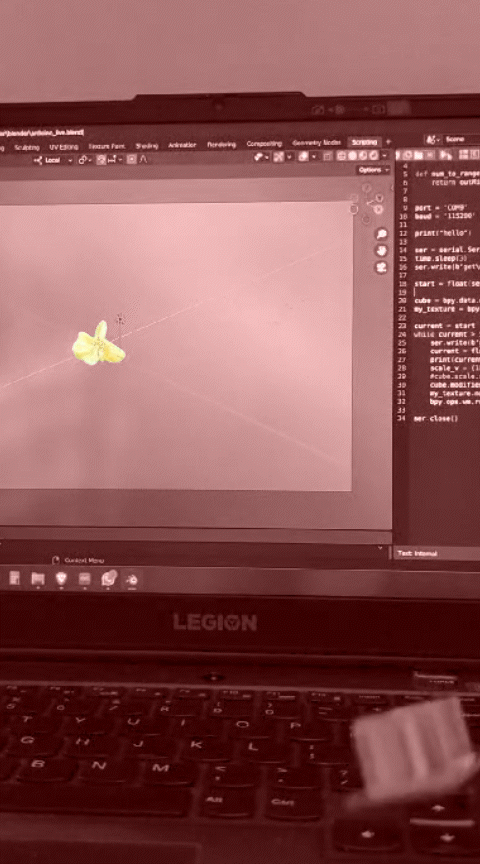Design Studio 01¶
03.10
During my past experience as a product designer I’ve learnt that the action of prototyping an idea is the best way to spread it and make it one step closer to become real. Prototype makes you realize things that in your mind have a theoretically a direction and a sense, but sometimes they take another way when you try to basically make them; and i’m not talking only about the physical part of a product like dimensions and materials, but also concepts and ideas: i think that prototyping can let you understand even how your idea is communicated, or which status is it.
In my opinion, it’s really interesting how prototyping could involve people, binding them to each other ideas in order to participate to an effective design intervention: prototyping is the medium of an intervention, a tangible way of sharing ideas.
During the lecture, we spoke about 4 types of prototyping:
Roles of Prototyping
- PP as experimental component, (most common) testing specifing hyopthesis
- PP as a meas of inquiry, that gives you something back (collect, record and measure)
- PP as a research archetype, physical embodiments of concepts (exeplary and illustrative)
- PP as a vehicle of inquiry, focus on process of making (answer qestion by making)
Reflecting on these four types of prototyping related to design interventions, i think that I’ve use many times the first type, in an academic way, but it’s the third type that interested me the most: I’ve had the chance to see and learn about many “research archetype prototypes”, as I’ve work in a contemporary art gallery. There, we host not only artworks, but entire e complete projects with an specific aim, so i had experienced the design intervention in both ways: as a spectator, but also as a part of the making process because i was the medium inside the gallery to comunicate people the projects.
Group exercise¶
We also did an activity related into changing roles of PP of our classmates old projects. I choose Jorge’s project that was about designing a lint roller. We collocated his project in the PP’s role 1, as the prototype was made to experiment a specific idea.
I thought that it could be interesting move the emphasis of the project not on the object itself, but on the materials and the process what this object could be make. So I’ve designed a toolkit where the part of the lint roller are modular and in different materials, focusing on the PP’s role 4.

DESIGN INTERVENTION¶
31.01-5.11
Unfourtunatly i wasn’t able to participate to the exercise about the collective design workspace with the whole class, but i found out that there were other people that were missing on monday, so we created a group composed by Nicolò, Anthuanet, Sophie, Marius and I
We initiated our journey during this initial Design Intervention by exchanging our personal Design Spaces. Despite our diverse backgrounds and varying aspirations, we unearthed a shared set of common values.
1.1 Process¶
So, we collocated the place of our intrvention in metro stations: People from diverse backgrounds utilize public transportation, placing them in direct contact with the myriad conditions and experiences it entails.
The underground environment is intriguing not only in terms of shared space among individuals but also in its interaction with bacteria, noise, stress, recreation, education, and more.
Our goal is to raise awareness about the air quality conditions in public transportation, with a specific emphasis on Barcelona’s Metro System. As governments and citizens increasingly call for expanded public transit networks, it becomes essential to assess and unveil the environmental consequences of these systems
1.2 Ideation and prototyping¶
To address this challenge, we’ve armed ourselves with a PM2.5 sensor. Evaluating PM2.5 levels is critical for assessing air quality because these particles serve as vital indicators of health risks stemming from air pollution. PM2.5 refers to particulate matter with a diameter of 2.5 micrometers or smaller. These minuscule particles are capable of penetrating deep into the lungs and can even enter the bloodstream, leading to significant health issues.
We’ve connected this sensor to a speaker that provides real-time feedback on air quality at various stations within Barcelona’s Metro. During a typical commute from La Pau Station to Bogatell on the L4 Metro, (that’s my journey to reach IAAC) we used the sensor’s readings to audibly illustrate the invisible airborne threats we unknowingly inhale.


After the intervention we discovered that, in average the values of PM2.5 were lower in 6 stations, but raise in Besos and Bogatell, due to the scarse air ventilation in the metro station or the affluence of people
According to me, the most interesting thing about this intervention ,a part from the enviromental sensing, was the fact that we were able to create a little project with a specific purpose, related also to sensors, in a few time. it will be interesting to develop the intervention adding some other values to evaluate or to costumize the box that we use for the sensing: changing the materials, the shape and the composition of the electronic parts inside.
1.3 Video¶
Narrative and story-telling¶
6.11
Here some notes and definitions of the topics that we explored with Laura
POWER RELATIONS→ (Espinoza)
negative/oppressive→ potestas (surveillance)
positive/empowering→ potentia
Both happened at the same time (we’re exercizing in power)
WHAT THE BODY CAN DO (corresponds to the nature and its capacity to be affected) affected (and being affected) as relations, networks
Wor(l)ding(wording and worlding)→ focus on human/ non-human agencies (entaglement), turning attetionas to certian experience, our active engagment (commitment)
1PP+SE= a particular world emerges from the individual related with a number oh phenomena
embodied process(different ways of being the world)
WORD THE WORLD BETTER
narrative and storytelling from another prospective, sound (personal narrative, collective storytelling)
(BOOKS: sonic agency,vibrant matter)
MATTER MATTERS IN PROCESSES OF BECOMING→ material storytelling denotes th central role of materiality
SF→ string figures, games with string figures giving and receving patterns (prototyping)
choosing a figure¶
(a figure that has a narrative with me but at the same time collects the others)
The figure/not-figure that i choose is an animation that I’ve modeled as a visual identity for an exhibition in a contemporary art gallery.

According to me, this animation is my first trial as creating a visual identity for an art gallery that can resume the topics of the exhibition and at the same time attract people. The figure itself joins my inspirations -my design background- with my aspirations, as exploring and being part of the contemporary art world. Otherwise, it collects the others as a way of comunication and explanation of the exhibition; to create a bond between them in order to get closer the watcher with the artists projects.
What now? II Intervention¶
After the first intervention i’ve questioned myself on what i can gain from the main topics that we touched with “Down the Pipe”. I found myself far removed from the concepts we explored in the first intervention, but at the same time satisfied that I learned new things.
I felt closer to the ‘device’ we planned to monitor air pollution as a wearable device and how important the role of the body was.
so my thinking went the other way: how can the body adapt to its surroundings, what is its feedback? what reaction does it provoke?
2.1 Process¶
The main idea at the beginning was to use sensors that would produce a series of data sensed on contact with the body, or that would indicate the body’s behaviour based on events happening around it. But then, influenced by Lucy McRae’s projects and the cinematography related to dystopian futures where the body completely changed adaptation, many possibilities opened up as to where our project would go.
We focused on a body that involves a forced adaptation of the body to a reality where it no longer recognises itself, and therefore requires ‘evolution’ in order to survive.


2.2 Ideation¶
In order to make our idea concrete, we used a proximity sensor which, when connected to modelling software, such as Blender, is able to collect data, and use it to interact in real time with changes taking place within the software. We worked with different shapes: at first it was a matter of modifying the texture of some simple geometric entities, then we moved on to the 3D scanning of a body, and finally the modification of an agglomeration of metaballs, covered with a human texture.


2.3 Video¶
CYBER UNION :Sexual interactions in the future¶
The concept of pleasure and physical enjoyment are no longer directed by the person-to-person connection but by the machine-to-machine interaction lead by two proximity sensors that create a fictitious connection between the two people, but, at the same time the deed is charged with intimacy and pleasure. The relationship results an interaction between two digital models that actually touch and interact as if it were a condition of sexual intimacy that brings pleasure.